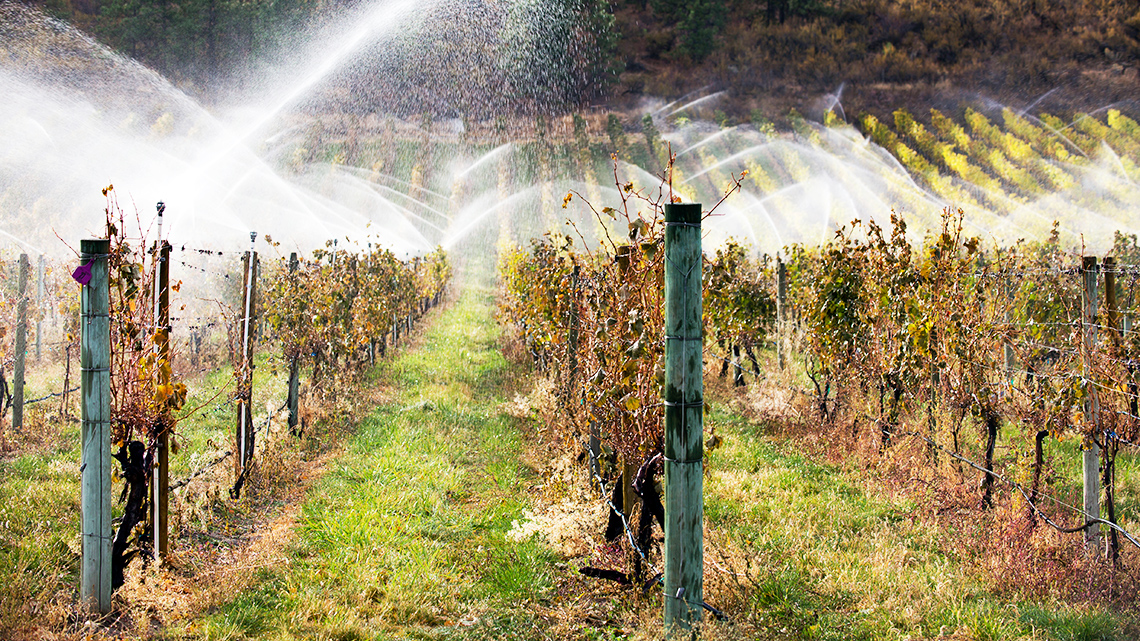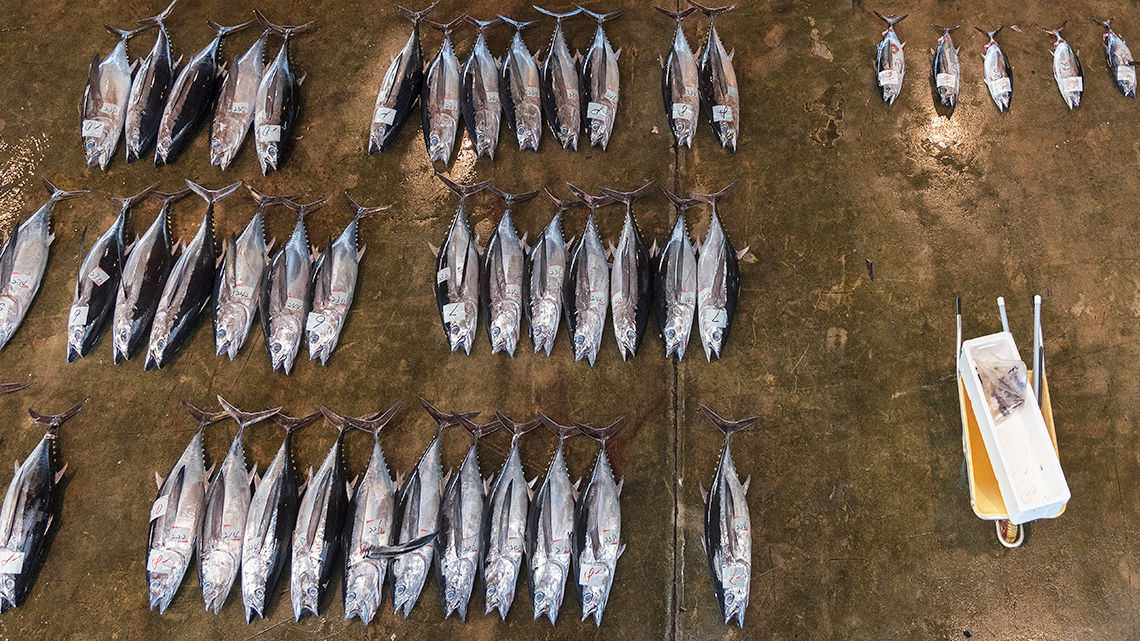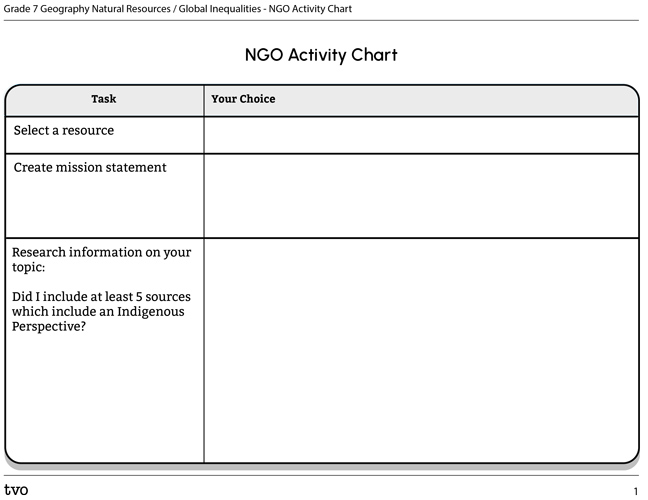Minds On
Lands and resources under threat
There are many Indigenous groups, agencies, and organizations around the world focused on protecting natural resources in order to ensure a sustainable future.
Explore some of the world’s natural resources that are under threat in the following section.
Reflection Questions
Take a moment to reflect on the following questions. If possible, share your thoughts and ideas with others.
- Why are natural resources under threat?
- Which factors are contributing to the depletion of natural resources?
- How are individuals and organizations taking a stand to protect and replenish natural resources for future generations?
Throughout this learning activity, you can record your responses digitally, orally, or in print.
Action
A sustainable future
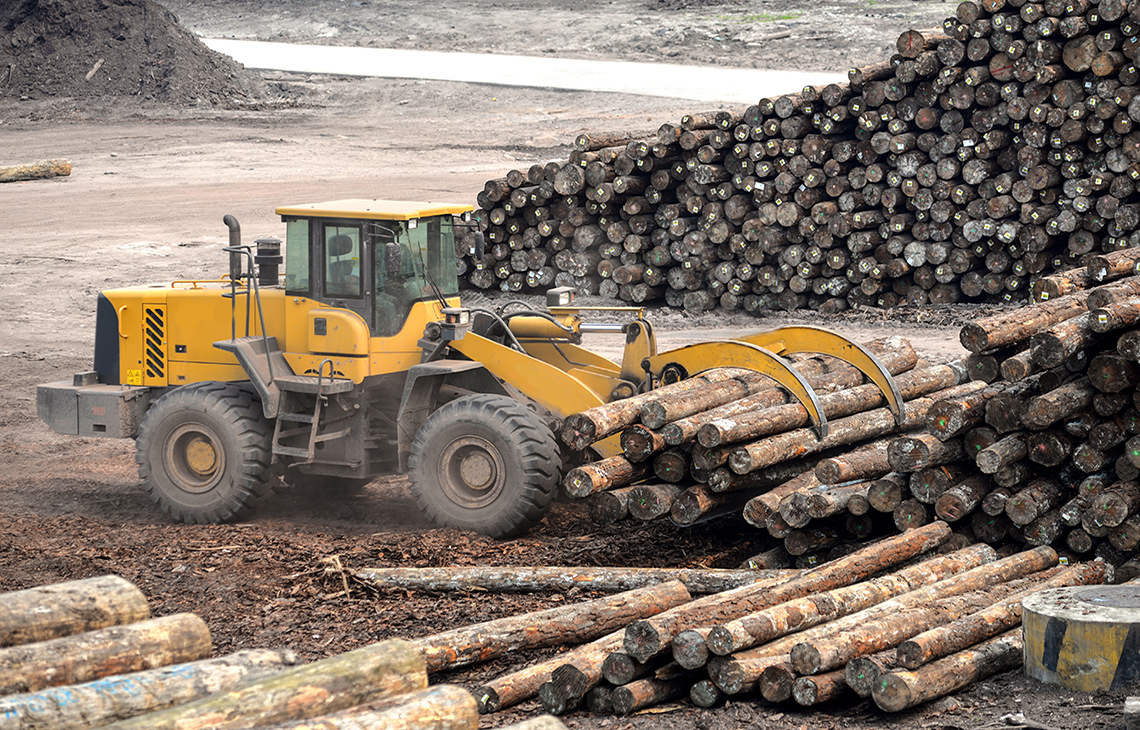
The driving forces behind the depletion of natural resources is very complex. Some responsibility lays with demand based on human consumption; as the population increases, so do requirements for food and shelter. However, most people on Earth use very few resources. In contrast, people in wealthy countries use far more resources than they require. A popular belief around the world, but especially in wealthy countries, is that all natural resources can be owned and used for whatever purpose the owner wants. This view has led to the plunder of resources worldwide. The belief that the land is there for human exploitation and profit is at odds with Indigenous views. Indigenous traditions emphasize the belief that humans are not owners and exploiters of land, but instead are caretakers of the land with a responsibility for future generations.
Deforestation and overfishing are two of the main causes behind diminishing natural resources.
Press ‘Deforestation’ to access the definition.
Deforestation is the clearing of forest for the timber trade, as well as agriculture, animal grazing, home building, and to provide access to other resources.
Press ‘Overfishing’ to access the definition.
Overfishing is the catching of fish at a rate where the species cannot replenish itself, resulting in underpopulation.
Personal consumption of resources differs between poorer nations and wealthy nations. In wealthy countries, citizens consume up to ten times more natural resources per person than people in poorer countries.
Let’s consider some of the key players taking measures to ensure the sustainable future of natural resources.
Indigenous lands and activism
Indigenous peoples around the world have always struggled to protect the land from exploitation. How different communities have responded to resource exploitation is different depending on where the land is. In the following sections, you will explore how various Indigenous peoples and their partners from around the world have worked to protect the land.
The Maori
Many Indigenous nations around the world are taking the lead on protecting the natural environment. One case is the Maori community in Ruatāhuna. The Maori are the Indigenous peoples of what is now called New Zealand.
The Maori aim to protect and reclaim their traditional land in Te Urewera forest. After decades of logging and deforestation, Maori peoples in New Zealand’s Northern Island are concentrating on bringing back Podocarpaceae coniferous trees in large numbers. Traditionally, these trees have a spiritual value and are referred to as “the chiefs of family of Tane,” the Maori creator of forests and birds. For the Maori, reclaiming and protecting the forest is also about reclaiming a part of their identity. Programs include establishing a community-based monitoring system, controlling invasive species, and selling honey to raise funds towards restoration.
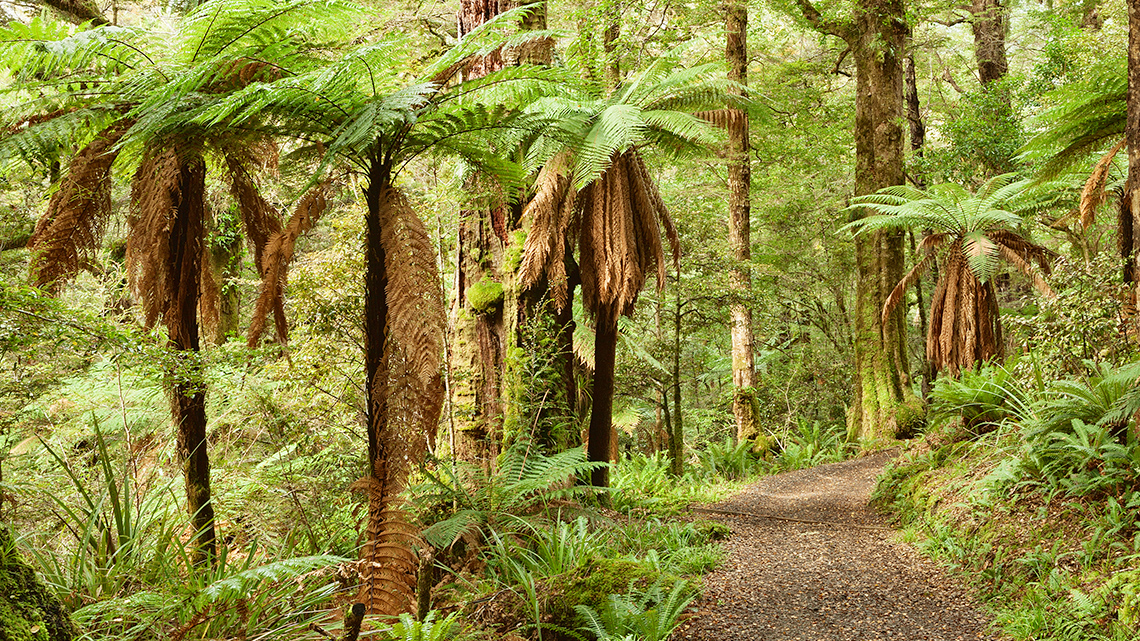
Student Success
Think-Pair-Share
Note to teachers: See your teacher guide for collaboration tools, ideas and suggestions.
First Nations in Canada
First Nations throughout Turtle Island continually make efforts to protect land and resources. Most protests have been about ensuring the sustainability of lands, waters, and ecosystems for future generations. The following are only a few of the many ways in which Indigenous activists work to protect the Earth from resource exploitation.
For example, the Tiny House Warriors from Secwepemc territory in British Columbia have made efforts to protect their traditional territories which includes old growth forests, waterways and entire ecosystems from being destroyed by the Kinder Morgan Trans Mountain Pipeline.
One of the goals of the First Nations Fisheries Council, which represents First Nations peoples in British Columbia, is to protect ocean and freshwater resources. Commercial fishing off the coast of British Columbia has led to overfishing and widespread destruction of ocean life. The First Nations Fisheries Council seeks to strike a balance between necessary consumption and ensuring that fishing will continue for future generations.
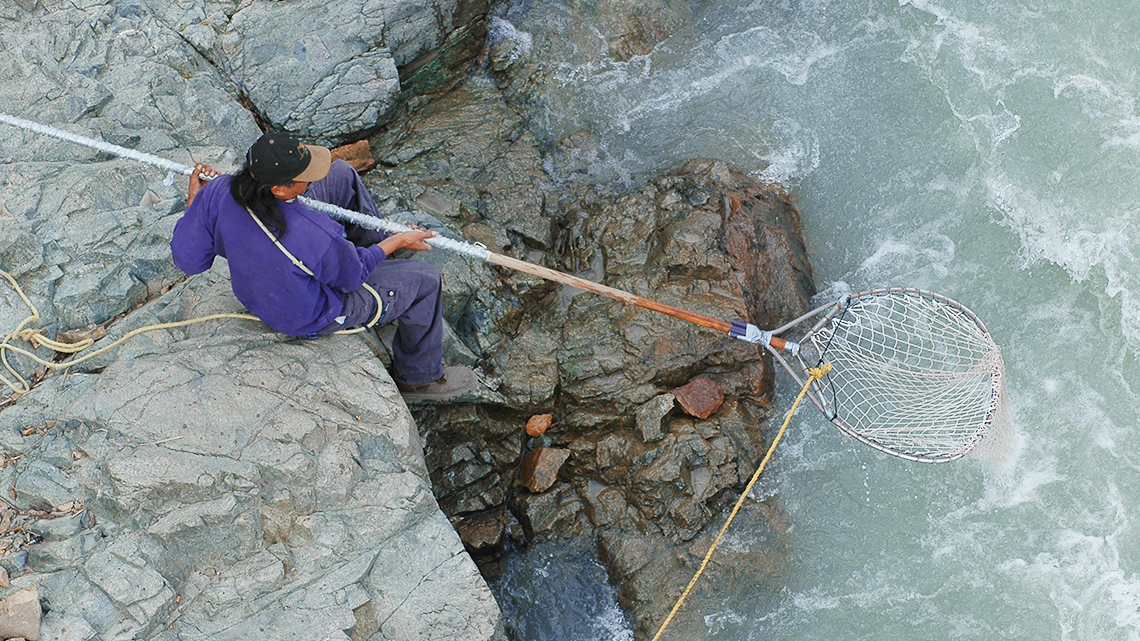
The United Nations
The United Nations Environment Programme (UNEP) has a stated goal of helping to provide a sustainable future. Their mission statement says: “Our mission is to provide leadership and encourage partnership in caring for the environment by inspiring, informing, and enabling nations and peoples to improve their quality of life without compromising that of future generations.”
The UNEP focuses on protecting the environment and supplies funds to projects in nations around the globe. They provide leadership in sustainable practices and focus on resource efficiency, environmental governance, chemical and waste, ecosystem management, climate change and how disasters and conflict affect the environment.
They work in partnership with national leaders, local leaders (including Indigenous community leaders) and businesses to ensure the sustainability of the environment.
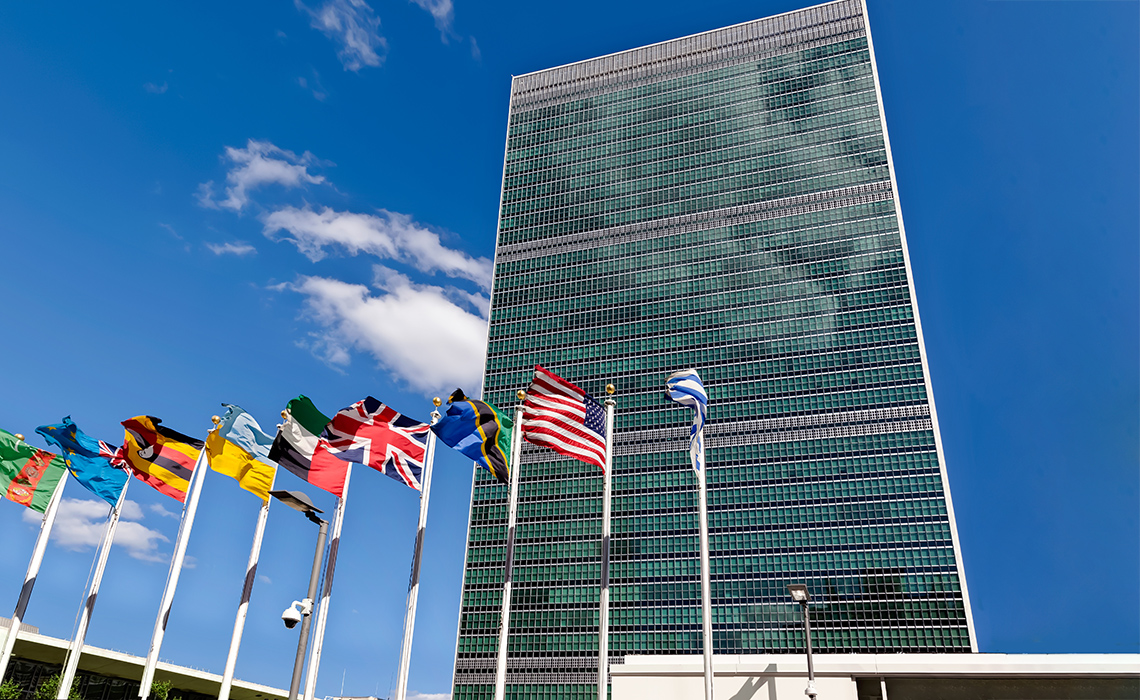
Non-governmental organizations (NGOs)
NGOs are non-profit groups that operate independent of governments. Instead of selling products or services to make a profit, they sell products or receive donations in order to carry out projects without profiting. NGOs focus on everything from ensuring clean drinking water to combating modern slavery around the world. On occasion, they protest government and company policies that they feel violate both human rights and the sustainability of natural resources.
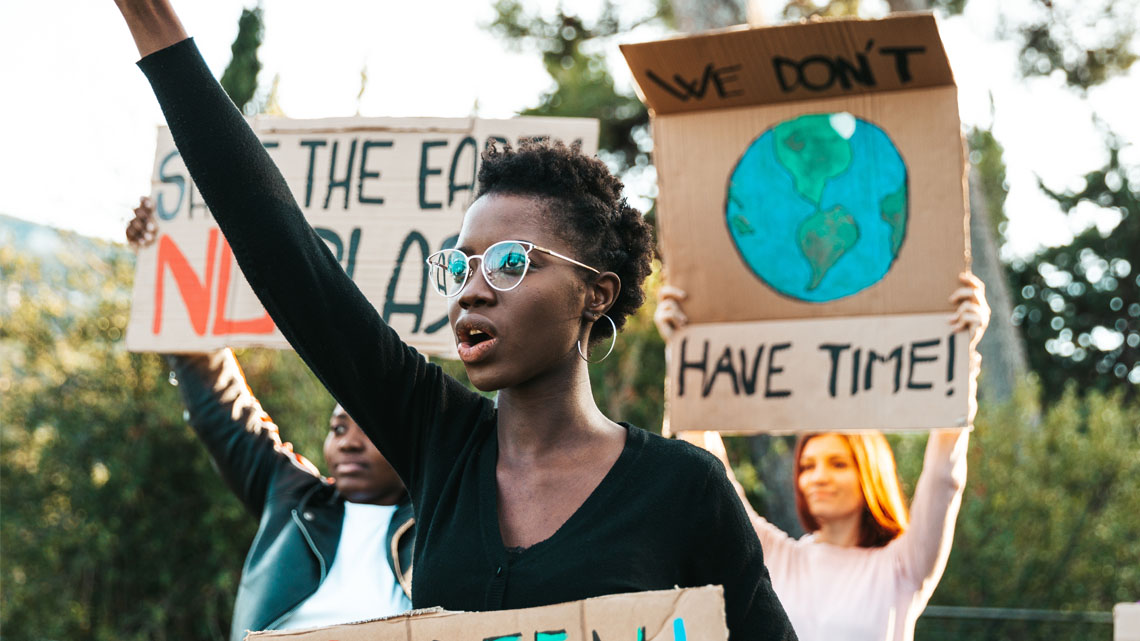
One NGO that focuses on sustainability is Friends of the Earth International (FEI), who concentrate on human rights and environmental issues. FEI heads a network of groups globally that work to improve human rights and support resource sustainability in Europe, Africa and Asia. FEI’s stated aim on their website is as follows: “We campaign on today’s most urgent environmental and social issues. We challenge the current model of economic and corporate globalization and promote solutions that will help to create environmentally sustainable and socially just societies.”
Part of their mission as stated on their website is as follows:
- to collectively ensure environmental and social justice, human dignity, and respect for human rights and peoples’ rights so as to secure sustainable societies.
- to halt and reverse environmental degradation and depletion of natural resources, nurture the earth’s ecological and cultural diversity, and secure sustainable livelihoods.
- to secure the empowerment of Indigenous peoples, local communities, women, groups and individuals, and to ensure public participation in decision-making.
Now that we have considered the role of Indigenous peoples, the United Nations, and NGOs in creating a sustainable future, complete the following multiple-choice activity.
Reflection question
- What is one major environmental issue that you believe could be tackled by one or more of the organizations above?
Record your response in a method of your choice.
Consolidation
Start an NGO

Imagine you are going to start an NGO aimed at providing sustainable ways of using natural resources.
Think of a mission statement for your NGO. A mission statement shares the purpose and/or goal of the NGO. There can be one statement or several. For example, Friends of the Earth International’s mission statement includes one of the following aims: “To collectively ensure environmental and social justice, human dignity, and respect for human rights and peoples’ rights so as to secure sustainable societies.”
Step 1: Before creating a mission statement, select one of the following resources below and provide ways to limit consumption and recycle, or reuse resources:
- Water
- Trees
- Minerals
Once you have decided on the natural resource, create your own mission statement that shares the aim of your NGO.
Step 2: Next, explore the regions of the world where this resource is extracted. Explore the Indigenous populations that live in the region and think of how you can form partnerships with them that will benefit and respect their communities.
Use your computer or a local library to research your chosen resource. Make sure to use a balanced approach when gathering information.
Explore the following types of websites for research:
- Canadian and world geographic websites
- First Nations websites
- University and college websites
- United Nations website
Use the following chart to help you structure your answer and ensure it is complete. Record your responses to all questions using a method of your choice.
|
Task |
Your Choice |
|---|---|
|
Select a resource |
|
|
Create mission statement |
|
|
Research information on your topic: Did I include at least five sources which include an Indigenous perspective? |
|
|
Questions to ask about the resource: What is it? Where is it sourced in the world? How much is used every year? How much is left? What is the resource used for? |
|
|
Indigenous focus: How does the extraction of the source affect Indigenous peoples? What types of partnerships have been created between companies, governments and Indigenous peoples? How are Indigenous peoples leading the way in creating a sustainable future with regards to the resource? |
|
|
How can your NGO work in partnership with Indigenous peoples to ensure a sustainable future? |
|
Reflection
As you read the following descriptions, select the one that best describes your current understanding of the learning in this activity. Press the corresponding button once you have made your choice.
I feel...
Now, expand on your ideas by recording your thoughts using a voice recorder, speech-to-text, or writing tool.
When you review your notes on this learning activity later, reflect on whether you would select a different description based on your further review of the material in this learning activity.

